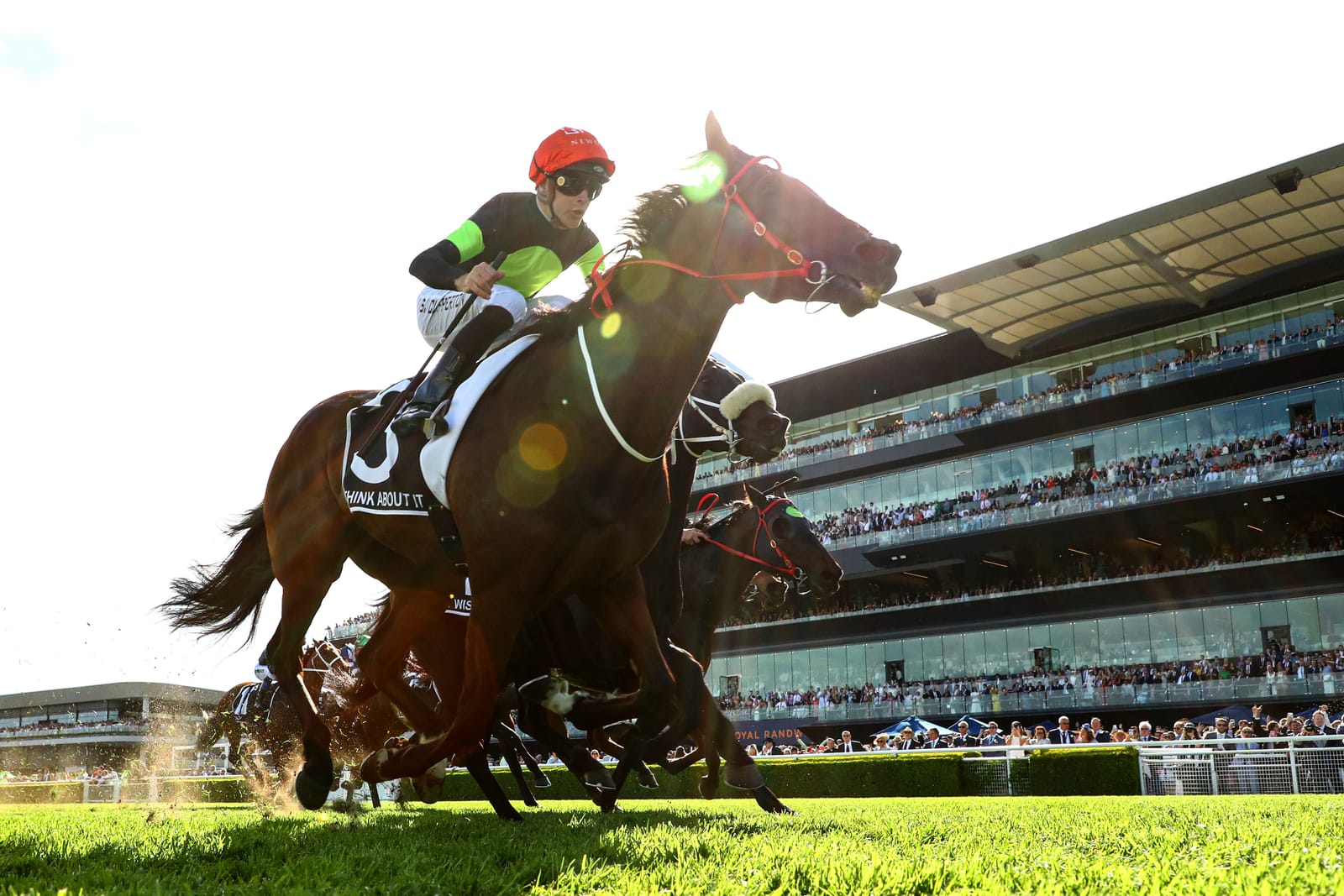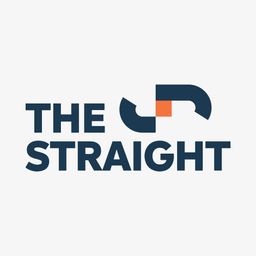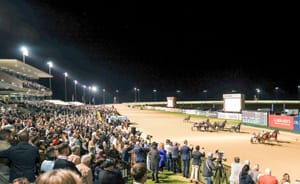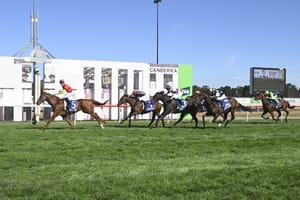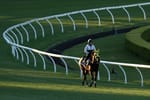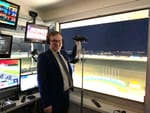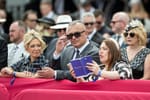Australian prize money levels are gold standard in world racing and on the eve of the final Group 1 race of the 2023/24 season, we examine who does it best when rewarding the winners of our best races.
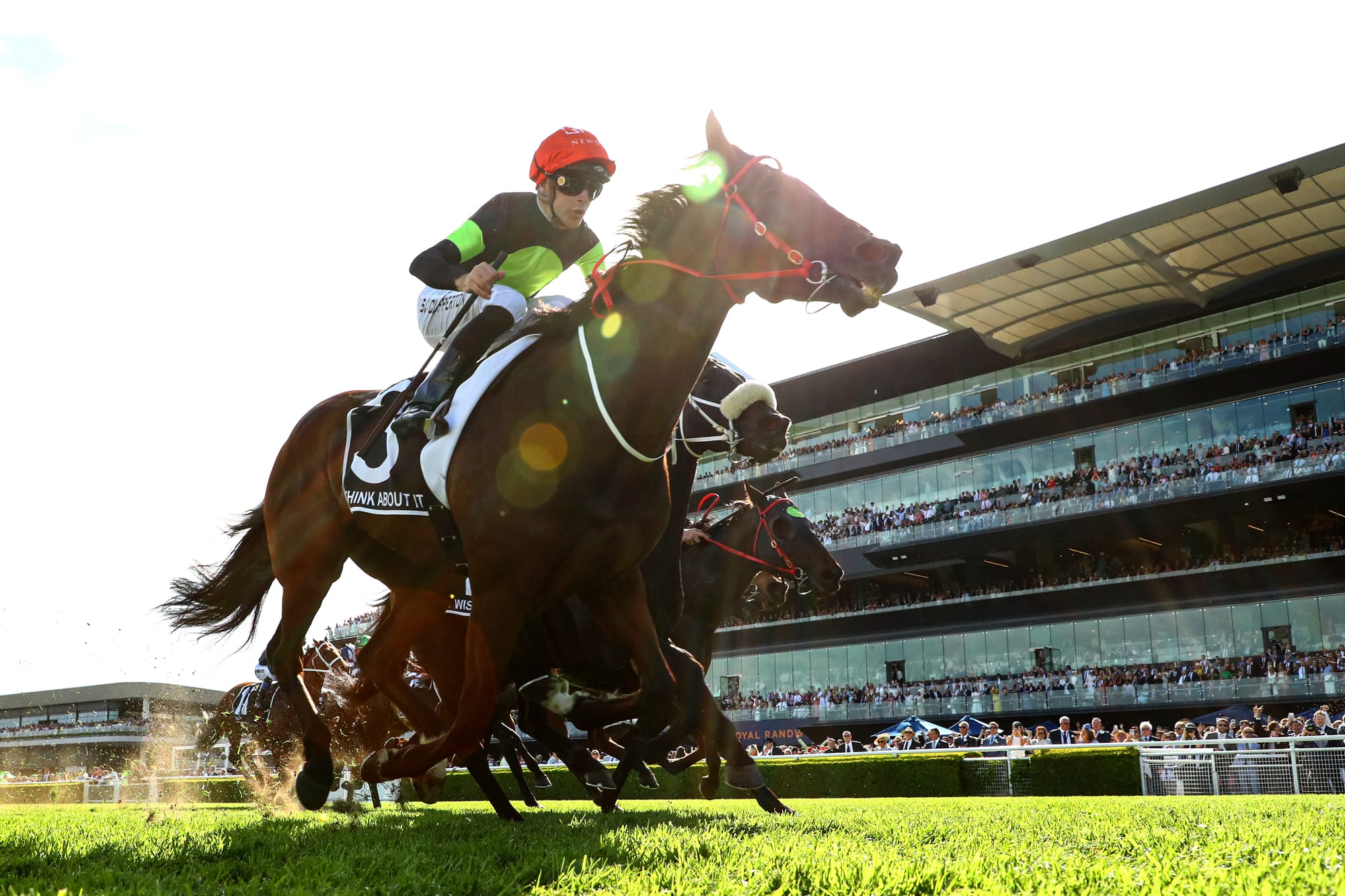
Queensland racing will always find it challenging to keep up with the spiralling purses offered in NSW and Victoria.
But there is one key metric on which Australia’s third-largest racing jurisdiction can claim to hold its own against Melbourne and Sydney.
Queensland matches NSW and Victoria in the returns it gives to the owners of a winning horse when it comes to how prize money for Group 1 races is distributed.
The winner of the Tattersall’s Tiara at Eagle Farm on Saturday will earn $420,000 of the advertised $700,000 on offer, which is 60 per cent of the purse.
It is a standard formula for Queensland’s Group 1 races with Stefi Magnetica earning connections $1.8 million of the $3 million available for the state’s most prestigious race, the Stradbroke Handicap.
Dividing the prize money pool in this way puts Queensland on an equal footing with Victoria’s best races - except for the Melbourne Cup.
Australia’s richest Group 1 race, the Melbourne Cup allocates 52 per cent of the overall purse to the winner..
Of the advertised $8.41 million for the Melbourne Cup in 2023, the winner Without A Fight banked $4.4 million for his owner, Sheikh Mohammed Obaid al Maktoum, before the deduction of trainer and jockey percentages.
Because it tries to tap into international competition more than any other race in Australia, the Victoria Racing Club offers prize money to the 12th-placed horse.
Last year, the sixth to 12-placed horses earned $160,000, a return that entices overseas entries with a sweetener of defraying some of the costs of bringing a runner from the northern hemisphere.
In contrast, the Caulfield Cup and the Cox Plate - the two other jewels of the Victorian spring carnival - have 60 per cent of their purses allocated to the winner.
Both races are worth $5 million with $3 million to the winner with the Caulfield Cup pool allowing $120,000 for horses placed sixth to 12th and the Cox Plate breakdown setting aside $75,000 from sixth to 1oth.
By comparison, the distribution of prize money for Sydney’s richest Group 1 races can change slightly, most likely due to a variance in the value of trophies - and if that cost is included in the overall stakes published on Racing Australia’s website.
The King Charles III Stakes, increased to $5 million in 2023, is worth $2.95 million to the winning horse or 59 per cent of the total purse.
This puts it on equal terms with the autumn flagship race, the Queen Elizabeth Stakes, but, based on this year’s figures, superior to the Golden Slipper.
The world’s richest race for two-year-olds also carried $5 million in stakes but the winner Lady Of Camelot received $2.8 million - or 56 per cent - of the purse.
As a direct analysis of how Victoria and NSW approach the splitting of prize money, this season’s Victoria Derby and its NSW equivalent, the ATC Australian Derby, provides the best example.
Both races were won by the same horse and offered $2 million advertised purses, but Riff Rocket's connections collected $45,000 more for his Flemington win than his Randwick triumph.
In South Australia, there are four Group 1 races during the season with the winner receiving 55 per cent of the purse.
The same rate applies to the winners of Western Australia’s three Group 1 races.
Prize money distribution among Australia's richest races
*does not include charity distribution
Global racing
Australian Group 1 racing falls into line with most other countries that offer rich purses.
The winner of this year’s Kentucky Derby received a 62 per cent slice of the pie with the United States’ two other triple crown races, the Preakness Stakes and the Belmont Stakes offering 60 per cent.
Sixty per cent is also the magical figure for the Dubai World Cup.
In the UK, the prize money distribution model paid to sixth place during Royal Ascot.
Australian sprinter Asfoora was the beneficiary of one of the biggest rewards for a Group 1 winner during the five days when her Kings Charles III victory meant she claimed 60 per cent of the purse.
In France, Prix de l'Arc de Triomphe winner receives 57 per cent while the Hong Kong Cup winner at the international meeting gets 56 per cent.
Also among the world’s elite races, the Japan Cup winner is allocated a 52.5 per cent cut.
Australian benchmark racing
At a metropolitan benchmark level of racing. Queensland returns the best dividend to winning owners at 56 per cent, followed closely by Victoria at 55 per cent with NSW sitting at 51.5 per cent.
There is good news for owners who race successful horses outside of the major jurisdictions.
In Tasmania, keeping prize money to first to fifth placings, allows for a winner’s cut of 62.5 per cent.
Canberra alternates between 51 per cent and 60 per cent, depending on the class of race, while Darwin, with smaller average field sizes than most racing centres, can pay winners up to 67 per cent of the pool. However, usually, only the placegetters earn a cheque.
Non-stakes and slot races
This is where the percentage rate gets interesting.
The two best-known slot races are the $20 million Everest and Perth’s $5 million Quokka.
They are partly funded by slotholders with The Everest entrenched as one of the world’s richest races.
Since its inception in 2017, the Everest purse has doubled from $10 million to $20 million but intriguingly the winner’s share has dropped from 58 per cent to 35 per cent in 2023 when Think About gave his slotholder and syndicate of owners a $7 million result.
With slotholders asked to tip in $700,000 each last year, it seems the additional funding has been spread across the board to give the race’s backers a better return on their investment.
In the inaugural edition in 2017, horses received $175,000 for finishing sixth to 12th, but that has increased 300 percent to $700,000 in 2023.
In WA, the Quokka winner receives $2 million - 40 per cent of the pool.
In the Golden Eagle, a race for four-year-olds that ranks as Australia’s second richest thoroughbred event at $10 million, 52 per cent of the 2023 purse went to the winner.
In its first year, the winner received 55 per cent.
But the race also includes a charity component and this impacts on the final amount handed out to connections.
Last year’s Golden Eagle winner Obamburumai received $5.25 million before a nominated charity collected its 10 per cent share, meaning the Japanese star netted less than 50 per cent of the advertised prize pool.


